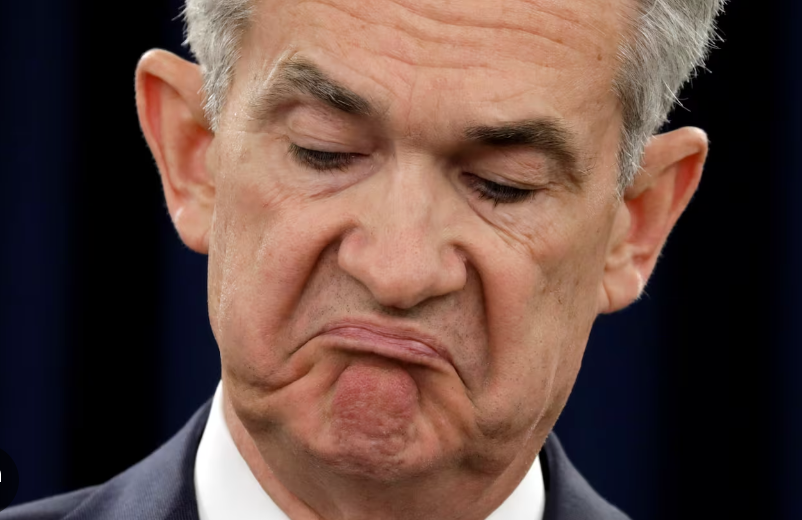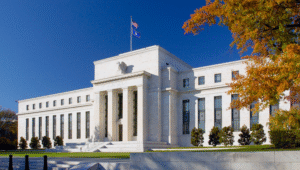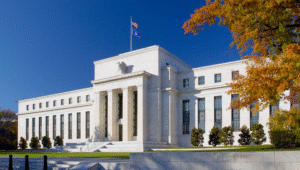$DXY $EUR #DollarIndex #FedReserve #InterestRates #ChinaTrade #Inflation #GlobalEconomy #MarketTrends #Forex #EconomicNews
Why Is the Dollar Falling? Unpack the Impact of Fed Comments and Rising China Trade Tensions!
In recent dollar news, the dollar index (DXY) experienced a notable decline of -0.58% on Friday. This downward movement was primarily driven by fresh dovish remarks from key Federal Reserve officials, coupled with escalating trade tensions with China. As traders digest these developments, the implications for the dollar and broader financial markets are becoming clearer.
Dovish Fed Comments Weighing on the Dollar
The dollar’s fall was accelerated by a retreat in Treasury note yields following comments from Fed Governor Christopher Waller and St. Louis Fed President Alberto Musalem. Both officials indicated their support for further interest rate cuts, which could signal a softer monetary policy. This dovish stance has implications for the dollar’s attractiveness relative to other currencies. When interest rates are lower, it typically leads to a depreciation of the currency as investors seek higher yields elsewhere.
Moreover, the prospect of additional rate cuts raises concerns about inflation and economic growth. The Fed’s cautious approach may reflect underlying economic challenges, prompting investors to reevaluate their positions in the dollar. As a result, the combination of these dovish signals and rising uncertainties surrounding the U.S. economy has contributed to the dollar’s weakness.
Rising Tensions with China Add to Dollar Pressure
In addition to the Fed’s comments, heightened trade tensions with China have further complicated the dollar’s outlook. Recent developments indicate a deterioration in trade negotiations, which could have significant repercussions for the U.S. economy. The potential for tariffs and other trade barriers raises concerns about inflation and economic growth, leading to increased market volatility.
As the situation unfolds, investors are closely monitoring how these geopolitical tensions will impact the global economy. An unstable trade environment not only affects the dollar but also creates uncertainty for investors in various asset classes. Consequently, the dollar’s decline may reflect broader concerns about economic stability in the face of international conflicts.
Market Reactions and Future Implications
Traders are responding to these developments in real-time, adjusting their strategies based on the evolving landscape. The dollar’s weakness could lead to shifts in capital flows, with investors seeking refuge in alternative assets, including commodities and foreign currencies. Furthermore, if the Fed continues to signal a dovish path, it may prompt additional sell-offs in the dollar, particularly against stronger currencies like the euro and the yen.
In light of these factors, market participants should remain vigilant. The interplay between Fed policy, economic indicators, and geopolitical dynamics will play a crucial role in shaping the dollar’s trajectory moving forward. As always, staying informed about the latest dollar news and broader market trends is essential for making sound investment decisions.
For those interested in exploring more about stock market trends, check out our stock section. Meanwhile, for a comprehensive understanding of the cryptocurrency landscape, visit our crypto section.
In conclusion, the dollar’s recent decline serves as a reminder of the intricate relationship between monetary policy and global economic conditions. As the Fed navigates its future course amidst rising trade tensions, the implications for the dollar and financial markets remain to be fully realized. Investors must remain adaptable and informed to successfully navigate these turbulent waters.











Comments are closed.